Sourav Pan
Transcript
Welcome to an introduction to glycolysis, a fundamental metabolic pathway found in nearly all living organisms.
Glycolysis is the process by which glucose, a six-carbon sugar, is broken down into two three-carbon pyruvate molecules.
This process occurs in the cytoplasm of cells and doesn’t require oxygen, making it an anaerobic process.
Glycolysis serves as the starting point for several other metabolic pathways and generates energy in the form of ATP.
The significance of glycolysis lies in its role as a starting point for other metabolic pathways, its essential function in cellular energy production, and its evolutionary conservation across organisms.
Glycolysis consists of two main phases: the energy investment phase and the energy payoff phase.
In the investment phase, the cell uses 2 ATP molecules to initiate the breakdown of glucose.
These ATP molecules are consumed to add phosphate groups to glucose, preparing it for further breakdown.
In the payoff phase, energy is released as the modified glucose molecule is broken down further.
This process produces 4 ATP molecules, resulting in a net gain of 2 ATP.
This organization allows the cell to overcome the activation energy barrier and then harvest energy from the glucose molecule.
The investment of energy early in the process ultimately enables greater energy production and efficiency in cellular metabolism.
This section covers the overall reaction of glycolysis.
The complete glycolysis reaction can be summarized with this chemical equation.
On the input side, we have one molecule of glucose, two molecules of NAD plus, two molecules of ADP, and two molecules of inorganic phosphate.
Through a series of enzymatic reactions, these inputs are transformed into several output molecules.
The outputs of glycolysis include two molecules of pyruvate, two molecules of NADH, two protons, two ATP molecules, and two water molecules.
Let’s summarize the net gain from processing a single glucose molecule. We obtain two pyruvate molecules, which can enter further metabolic pathways. Two NADH molecules, which carry high-energy electrons that can be used in other metabolic processes. And importantly, a net gain of two ATP molecules, which represent the energy currency of the cell.
Step one of glycolysis is the phosphorylation of glucose.
In this step, glucose is phosphorylated by the enzyme hexokinase.
The reaction requires ATP, which donates a phosphate group to glucose.
Glucose binds to the active site of hexokinase.
Hexokinase transfers a phosphate group from ATP to glucose, specifically to its sixth carbon.
This produces glucose-6-phosphate and ADP.
The overall reaction can be written as: glucose plus ATP yields glucose-6-phosphate plus ADP.
This phosphorylation reaction serves two important purposes.
First, the negatively charged phosphate group traps glucose inside the cell because charged molecules cannot easily cross the cell membrane.
Second, phosphorylation destabilizes glucose, making it more reactive for the subsequent steps of glycolysis.
This phosphorylation is essential for committing glucose to the glycolytic pathway and preparing it for further modifications.
In the second step of glycolysis, glucose-6-phosphate is converted to fructose-6-phosphate.
This conversion is catalyzed by the enzyme phosphoglucose isomerase.
The enzyme catalyzes an isomerization reaction, which rearranges the sugar structure.
This isomerization converts the sugar from an aldose form, where the carbonyl group is at the end of the chain, to a ketose form, where the carbonyl group is internal.
This structural rearrangement is crucial as it prepares the molecule for the next phosphorylation step.
The conversion to fructose-6-phosphate positions the molecule for the next phosphorylation step and eventually prepares it for cleavage into two three-carbon compounds.
To summarize, the second step of glycolysis involves the isomerization of glucose-6-phosphate to fructose-6-phosphate by the enzyme phosphoglucose isomerase.
In step three of glycolysis, fructose-6-phosphate is converted to fructose-1,6-bisphosphate.
This reaction is catalyzed by the enzyme phosphofructokinase-1, often abbreviated as PFK-1.
The reaction requires one molecule of ATP, which is hydrolyzed to ADP, providing the energy and phosphate group for the reaction.
This reaction is considered the committed step of glycolysis.
It’s essentially irreversible under cellular conditions, representing a point of no return in the glycolytic pathway. It’s the first step that’s uniquely dedicated to glycolysis.
PFK-1 is a key regulatory enzyme that controls the flow through the entire glycolytic pathway.
The enzyme is inhibited by high energy signals like ATP and citrate, indicating the cell has sufficient energy. It’s also inhibited under acidic conditions.
Conversely, PFK-1 is activated by low energy signals like AMP and ADP, as well as by fructose-2,6-bisphosphate, which serves as a key regulatory molecule.
This makes PFK-1 a critical control point that responds to the cell’s energy status, coordinating glycolysis with other metabolic pathways.
To summarize, the phosphorylation of fructose-6-phosphate by PFK-1 represents the committed step of glycolysis, where the cell invests a second ATP molecule and commits to continuing through the pathway.
In step nine of glycolysis, the enzyme enolase catalyzes a dehydration reaction.
The substrate for this reaction is 2-phosphoglycerate.
The enzyme enolase binds to 2-phosphoglycerate and catalyzes a dehydration reaction.
Enolase removes a water molecule from 2-phosphoglycerate.
This forms phosphoenolpyruvate, or PEP, which has a double bond between carbons 2 and 3.
The dehydration creates a high-energy phosphate bond in PEP.
This phosphate bond has significantly more energy than the phosphate bond in ATP.
This high-energy state makes PEP an excellent phosphate donor for the final step of glycolysis.
The reaction mechanism involves the enzyme removing a proton, eliminating water, and forming the high-energy enol phosphate.
This ninth step of glycolysis prepares the substrate for the final ATP-generating reaction.
Let’s examine the energy balance in glycolysis.
Glycolysis consists of two phases: the preparatory phase and the pay-off phase.
In the preparatory phase, steps one through five, the cell invests two ATP molecules to activate glucose.
Later, in the pay-off phase, steps six through ten, the cell generates four ATP molecules.
This results in a net gain of two ATP molecules per glucose.
Additionally, glycolysis produces two NADH molecules during the oxidation steps.
The fate of these NADH molecules depends on oxygen availability.
Under aerobic conditions, each NADH can yield approximately two point five ATP through oxidative phosphorylation.
Under anaerobic conditions, NADH must be recycled through fermentation pathways, yielding no additional ATP.
Therefore, under aerobic conditions, one glucose molecule can ultimately yield up to seven ATP molecules.
This demonstrates the efficiency of glycolysis as an energy-producing pathway, especially when coupled with aerobic metabolism.
Glycolysis is tightly regulated through allosteric control of key enzymes.
The most important regulatory enzyme is phosphofructokinase-1, also known as PFK-1.
PFK-1 is inhibited by high levels of ATP, indicating that the cell has sufficient energy.
It is also inhibited by citrate, which is a TCA cycle intermediate, signaling abundant energy resources.
Conversely, PFK-1 is activated by AMP, which increases when ATP levels are low, indicating that the cell needs energy.
Another important activator is fructose-2,6-bisphosphate, which signals the need for increased glycolytic flux.
This regulatory system allows the cell to adjust its glycolytic flux based on energy status.
When energy is abundant, high levels of ATP and citrate inhibit PFK-1, slowing down glycolysis.
When energy is needed, AMP and fructose-2,6-bisphosphate activate PFK-1, speeding up glycolysis to produce more ATP.
In summary, PFK-1 serves as a critical control point in glycolysis.
It integrates signals from energy indicators like ATP, AMP, citrate, and fructose-2,6-bisphosphate.
This sophisticated regulatory system ensures that glycolysis responds appropriately to the cell’s changing energy requirements.
In the presence of oxygen, glycolysis proceeds under aerobic conditions.
Following glycolysis in the cytoplasm, pyruvate and NADH are produced.
Under aerobic conditions, pyruvate moves from the cytoplasm into the mitochondria.
Inside the mitochondria, pyruvate is converted to acetyl-CoA by the pyruvate dehydrogenase complex.
Acetyl-CoA then enters the citric acid cycle, also known as the Krebs cycle.
The NADH produced in glycolysis cannot directly cross the mitochondrial membrane.
Instead, it transfers its electrons to the mitochondria via specialized shuttle systems.
These shuttle systems transfer electrons to the electron transport chain in the mitochondria.
Through oxidative phosphorylation, this process ultimately yields significantly more ATP than glycolysis alone.
In anaerobic conditions, when oxygen is unavailable, cells face a critical challenge.
Without oxygen, NADH accumulates and cannot be oxidized back to NAD+ through the electron transport chain.
This creates a bottleneck that would quickly halt glycolysis as NAD+ is depleted.
To solve this problem, cells employ fermentation pathways that regenerate NAD+ without requiring oxygen.
There are two major fermentation pathways: lactic acid fermentation and alcoholic fermentation.
Let’s examine each pathway side by side and see how they both achieve the same goal of regenerating NAD+.
In lactic acid fermentation, the enzyme lactate dehydrogenase directly converts pyruvate to lactate.
During this reaction, NADH transfers its electrons to pyruvate, regenerating NAD+.
This process occurs in muscle cells during intense exercise when oxygen is limited, and in certain bacteria.
In alcoholic fermentation, pyruvate is first decarboxylated by pyruvate decarboxylase, producing acetaldehyde and carbon dioxide.
Then, acetaldehyde is reduced to ethanol by alcohol dehydrogenase, which oxidizes NADH back to NAD+ in the process.
This pathway is utilized by yeast and some bacteria, forming the basis of alcoholic beverage production.
Both fermentation pathways achieve the same critical goal: regenerating NAD+ to allow glycolysis to continue in anaerobic conditions.
Let’s summarize the key points about fermentation pathways.
Fermentation regenerates NAD+ without requiring oxygen, allowing glycolysis to continue in anaerobic conditions. However, it produces much less ATP than aerobic respiration. Different organisms utilize different fermentation pathways, and the end products like lactate or ethanol may accumulate in cells or the environment.
Fermentation is essential for anaerobic energy production in many biological and industrial processes, from muscle function during intense exercise to food and beverage production.
The Warburg Effect is a fundamental metabolic alteration observed in cancer cells.
In 1924, Otto Warburg observed that cancer cells preferentially use glycolysis even in the presence of oxygen.
This phenomenon, now known as aerobic glycolysis or the Warburg Effect, differs significantly from normal cell metabolism.
Normal cells primarily use oxidative phosphorylation when oxygen is available, generating up to 36 ATP molecules per glucose molecule.
In contrast, cancer cells predominantly use glycolysis regardless of oxygen availability, producing only 2 ATP molecules but generating important biosynthetic intermediates.
Despite being less efficient for ATP production, this metabolic reprogramming provides several advantages for cancer cells.
The Warburg Effect is now recognized as a hallmark of cancer and offers several potential therapeutic targets.
Understanding the Warburg Effect continues to be crucial for developing novel diagnostic tools and targeted cancer therapies.
Different cell types in the body rely on glycolysis to varying degrees. Each tissue has specific energy needs and metabolic arrangements.
Red blood cells lack mitochondria and therefore depend entirely on glycolysis for ATP production. They have adapted to maximize glucose uptake and glycolytic enzyme efficiency.
Skeletal muscle uses glycolysis during intense exercise when oxygen demand exceeds supply. This results in rapid ATP production, though it’s less efficient than aerobic metabolism.
Brain cells typically use glucose as their primary energy source through glycolysis followed by oxidative phosphorylation. However, they can adapt to use ketone bodies during prolonged fasting or starvation.
In summary, while all cells use glycolysis, they differ in their degree of dependence on this pathway. This flexibility allows the body to adapt to different energy needs and nutrient availability.
Glycolytic intermediates serve as important biosynthetic precursors beyond their role in energy production.
The glycolysis pathway generates several key metabolic intermediates that branch off into other biosynthetic pathways.
Glucose-6-phosphate, the first intermediate of glycolysis, can enter the pentose phosphate pathway.
This pathway generates NADPH for reductive biosynthesis and ribose-5-phosphate for nucleotide synthesis.
Dihydroxyacetone phosphate, or DHAP, is another important glycolytic intermediate that serves as a precursor for lipid synthesis.
DHAP can be converted to glycerol, which forms the backbone of phospholipids and triglycerides.
3-phosphoglycerate can be diverted from glycolysis into amino acid synthesis pathways.
It serves as a precursor for serine, which can be further converted to glycine and cysteine.
These connections highlight glycolysis as a central hub in cellular metabolism, linking carbohydrate metabolism with nucleotide, lipid, and amino acid biosynthesis.
Study Materials
Glycolysis - Definition, Steps, Enzymes, Regulation, Result
Helpful: 0%
Related Videos
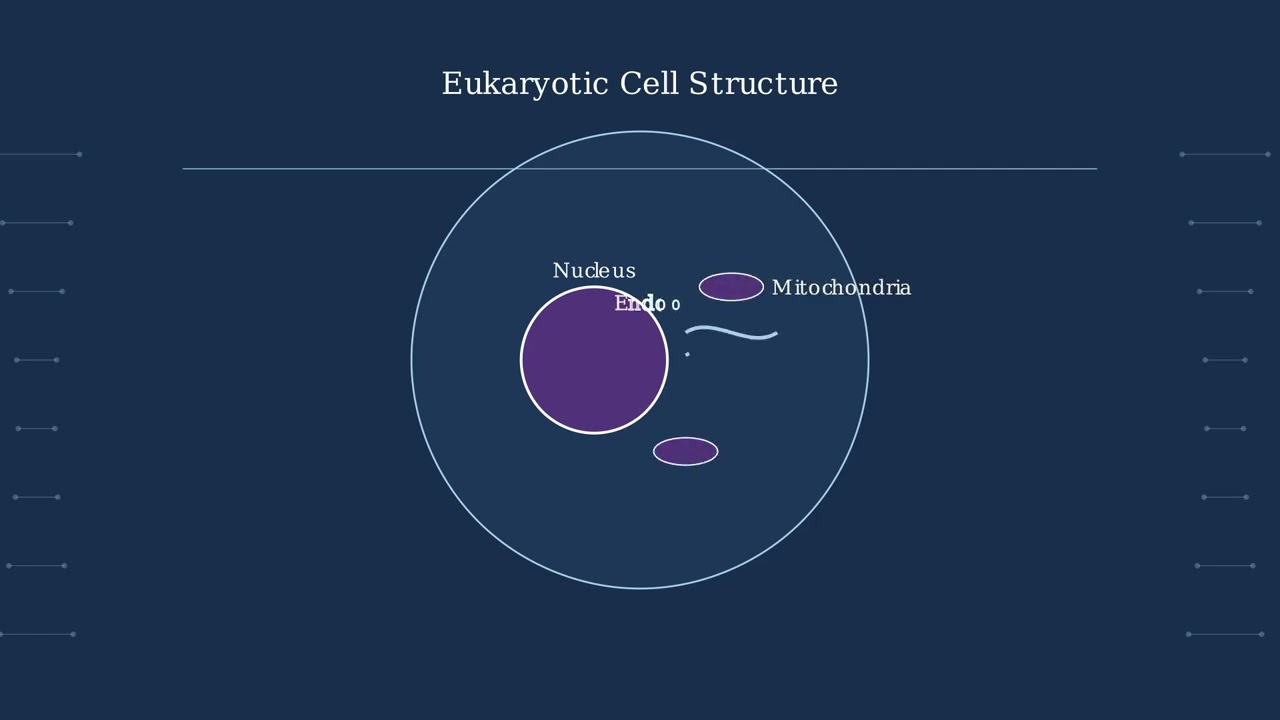
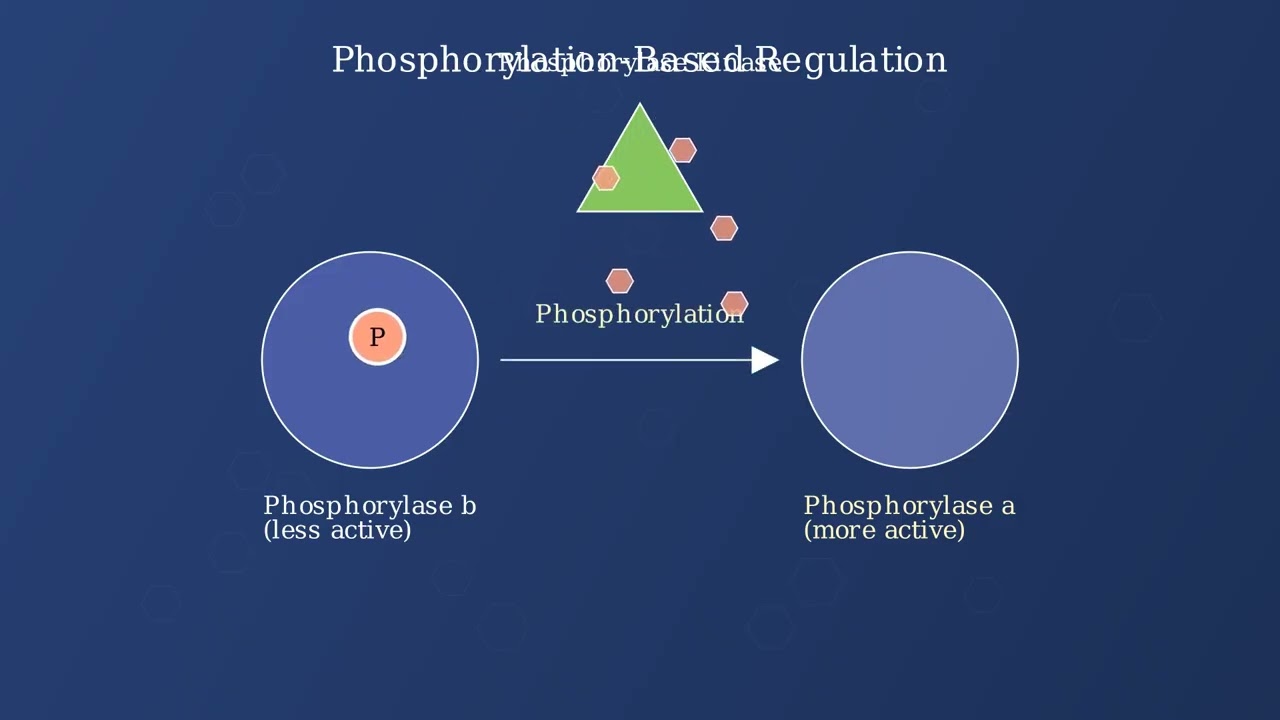
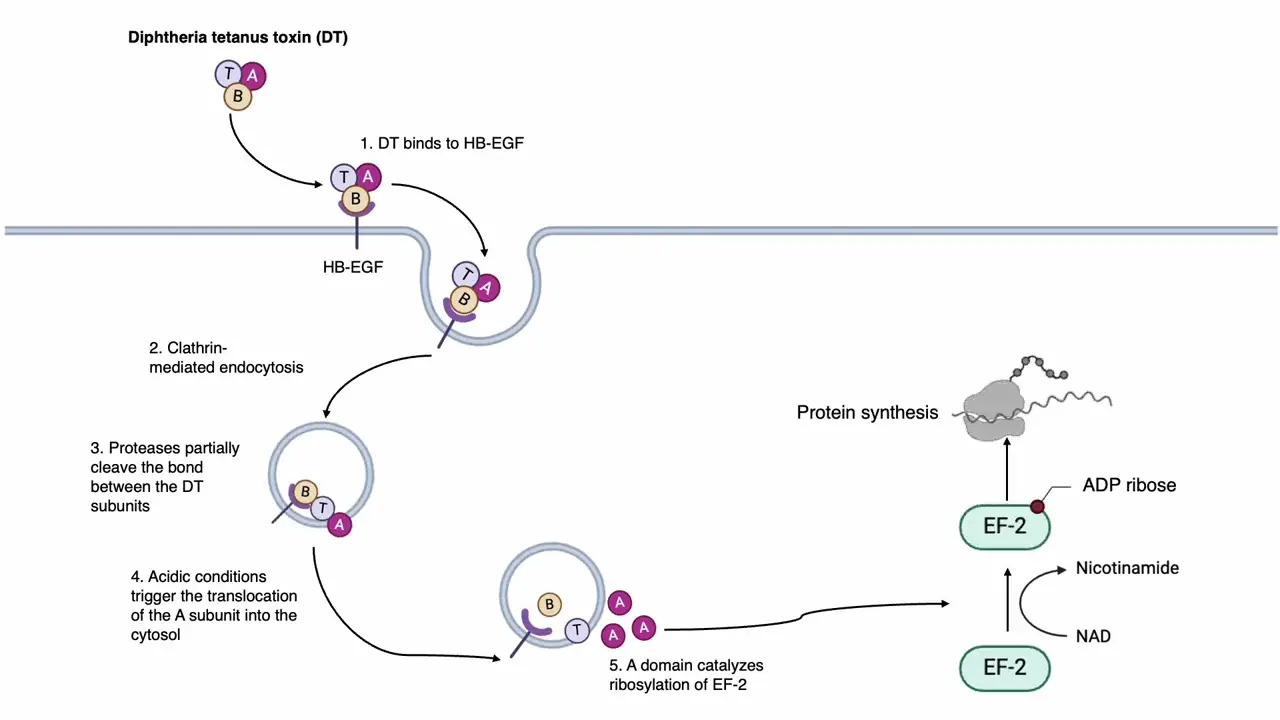
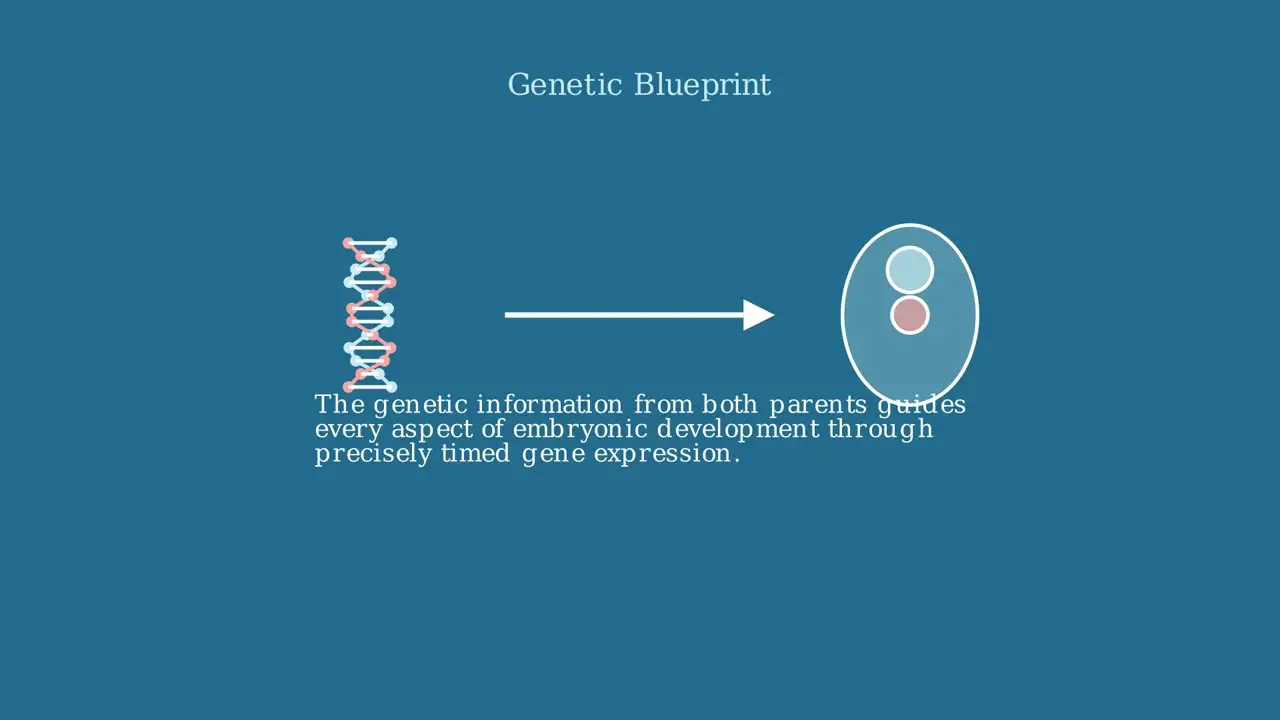
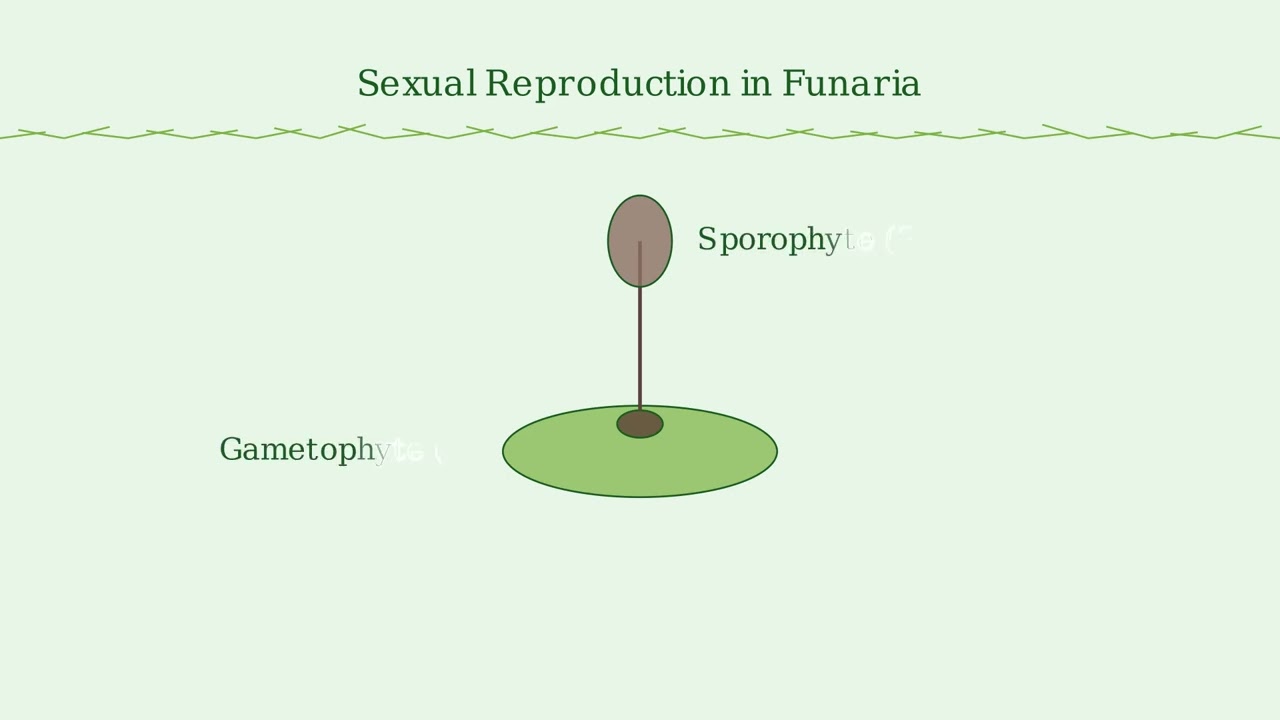
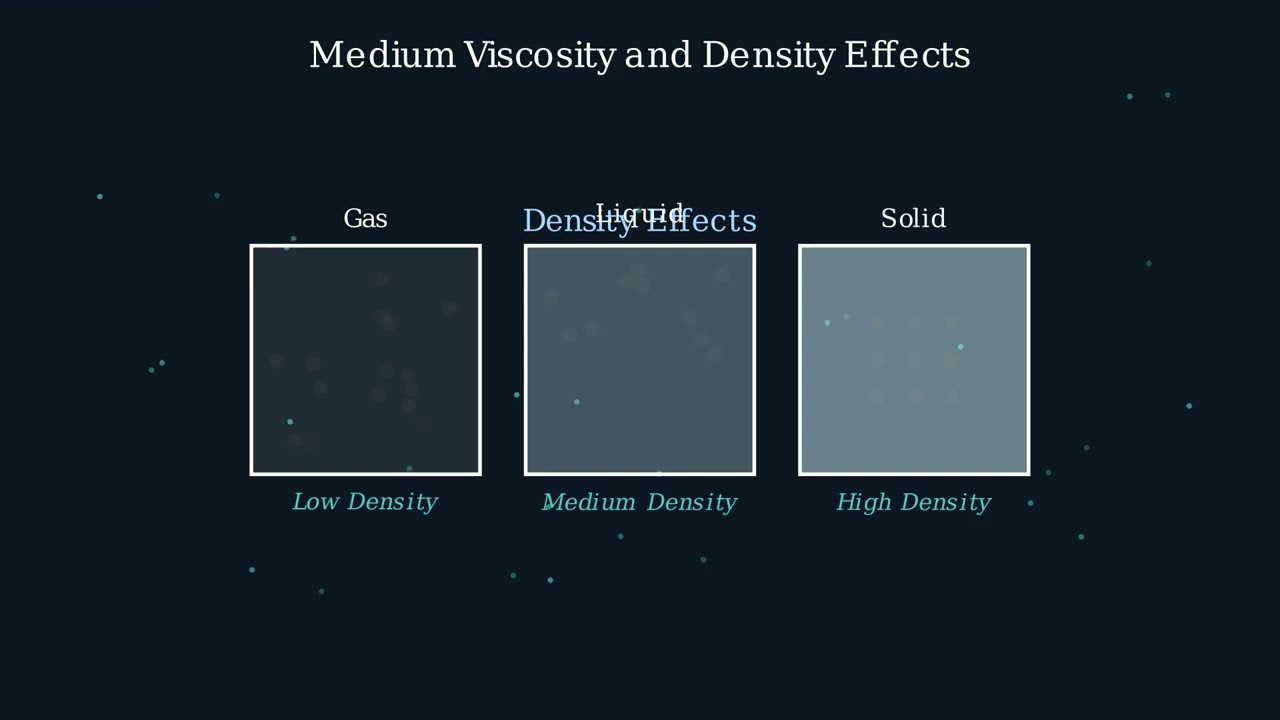


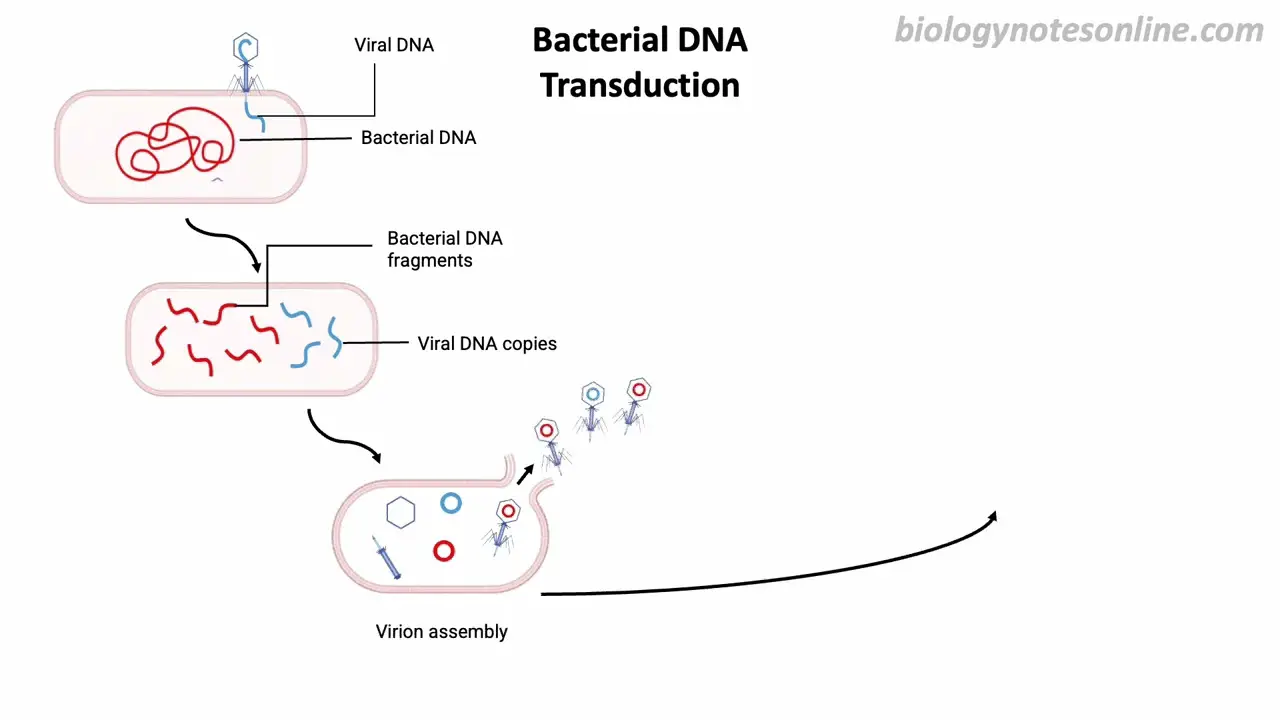
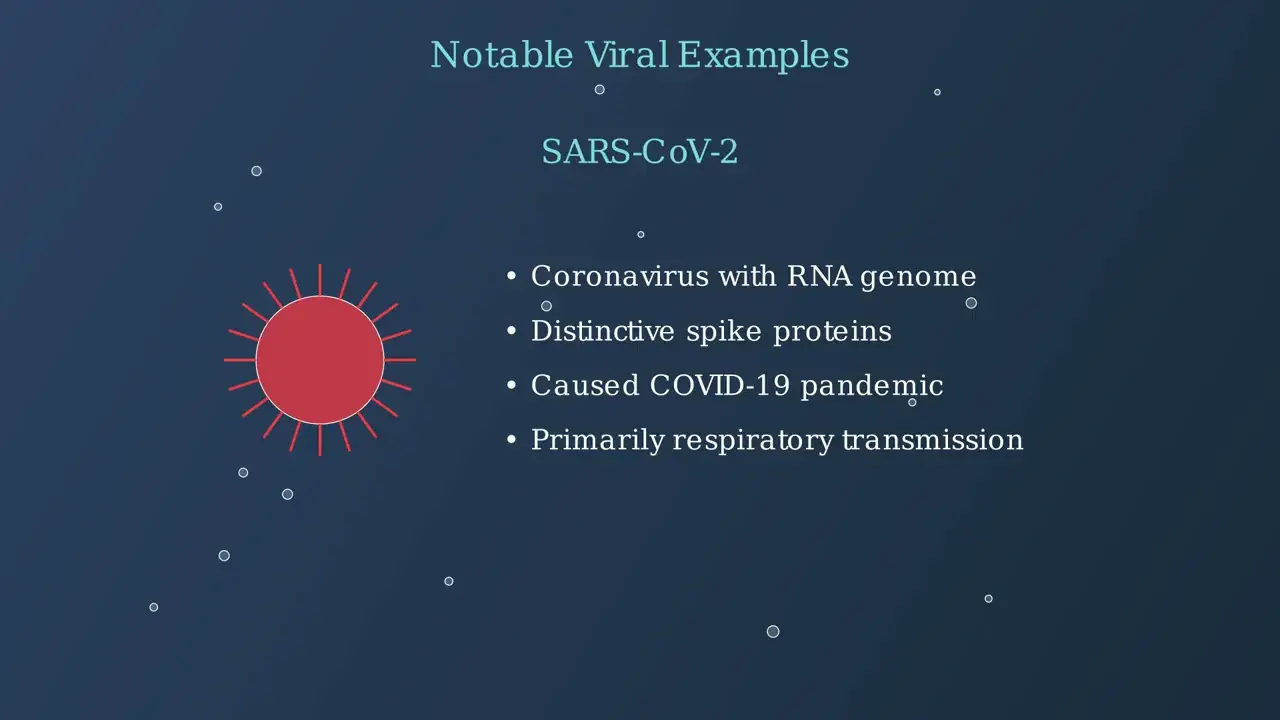
- Text Highlighting: Select any text in the post content to highlight it
- Text Annotation: Select text and add comments with annotations
- Comment Management: Edit or delete your own comments
- Highlight Management: Remove your own highlights
How to use: Simply select any text in the post content above, and you'll see annotation options. Login here or create an account to get started.